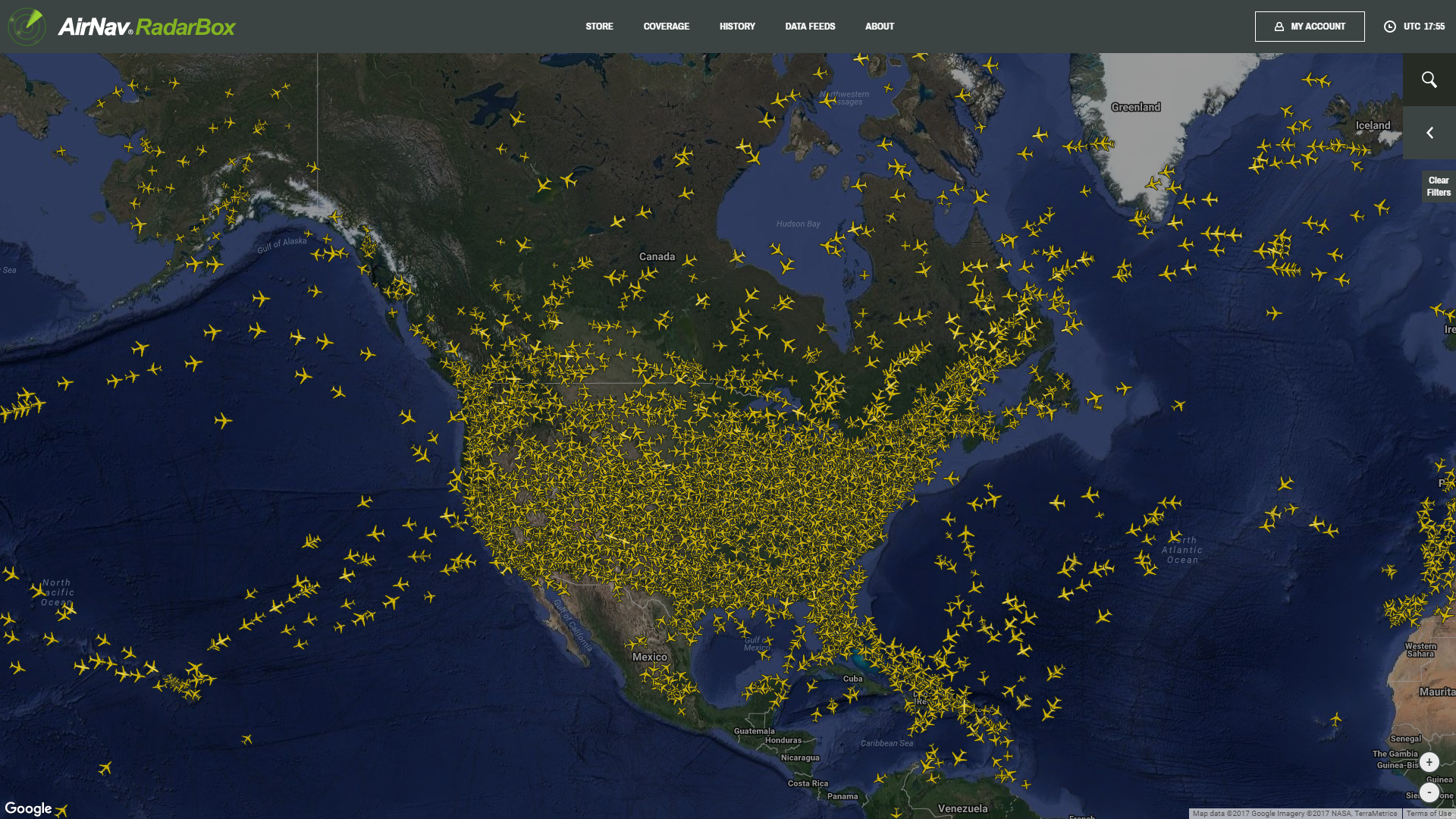The FAA ADS-B 2020 Mandate Explained
The Mandate
By the year 2020, all commercial aircraft and aircraft flying in Class A, B & C airspace are required to be equipped with transponders having ADS-B out capability. Read on to find out more about compliance and how this will affect the aviation industry in the near future.

What is ADS-B?
ADS-B is a system in which electronic equipment onboard an aircraft automatically broadcasts the precise location of the aircraft using a transponder on the aircraft.
The data can be used by other aircraft and air traffic control to show the aircraft’s position and altitude on display screens without the need for radar.

Fig.1.a - Illustration Credits: John Macneil.
The system involves an aircraft with ADS-B determining its position using GPS. A transmitter (also called Transponder) then broadcasts that position at rapid intervals, along with identity, altitude, velocity and other data. Dedicated ADS-B grounds stations (or ADS-B Receivers) receive the broadcasts and relay the information to air traffic control for precise tracking of the aircraft.
Broadcasts from the aircraft may include, among other data:
- Flight Identification (flight number or call sign)
- ICAO 24-bit Aircraft Address (globally unique airframe code)
- Position (latitude/longitude)
- Altitudes
- Vertical Rate (rate of climb/descent)
- Track Angle and Ground Speed (velocity)
- Emergency indication (when emergency code selected)
The Ground Station
Most ground stations are made up of receivers such as the ones RadarBox sends to volunteers around the world. These receivers receive the aircrafts’ transponder signals and then sends this data via the Internet to the RadarBox servers, which decode the data, process it and then display the information graphically on the RadarBox website (www.radarbox.com).
The ability of a ground station to receive a signal depends on altitude, distance from the site and obstructing terrain. The maximum range of each ground station can exceed 250 nautical miles.
ADS-B out & ADS-B in
- ADS-B Out refers to an aircraft equipped with a transponder that broadcasts its position and other information such as airspeed altitude etc. ADS-B out transponders do not broadcast any weather or traffic information.
- ADS-B In refers to an aircraft equipped with a receiver, capable of receiving broadcasts and messages from the ground network.
The FAA 2020 Mandate
The FAA 2020 mandate requires the installation of ADS-B Out equipment by the year 2020. This means that all aircraft flying in Class A, B & C (Class E - special cases) airspace are mandatorily required to be fitted or equipped with a transponder with ADS-B out capability. Helicopters, turboprops & business jets will also be required to be equipped with ADS-B out transponders.
The FAA ADS-B Rule
The FAA published Federal Regulation 14 CFR § 91.225 and 14 CFR § 91.227 in May 2010. The final rule dictates that effective January 1, 2020, aircraft operating in airspace defined in 91.225 are required to have an Automatic Dependent Surveillance – Broadcast (ADS-B) system that includes a certified position source capable of meeting requirements defined in 91.227. These regulations set a minimum performance standard for both ADS-B Transmitter and the position sources integrated with the ADS-B equipment your aircraft.
Source: https://www.faa.gov/nextgen/programs/adsb/faq

Fig.1.b - A snapshot of the RadarBox website, based on traffic data collected from 6 different sources including ADS-B.
Benefits of ADS-B
- With ADS-B, pilots for the first time can see what controllers see: a display showing other aircraft in the sky. Cockpit displays also pinpoint hazardous weather and terrain, and give pilots important flight information, such as temporary flight restrictions.
- ADS-B reduces the risk of runway incursions with cockpit and controller displays that show the location of aircraft and equipped ground vehicles on airport surfaces – even at night or during heavy rainfall.
- ADS-B also provides greater coverage since ground stations are so much easier to place than radar.
- Relying on satellites instead of ground navigational aids also means aircraft will be able to fly more directly from Point A to B, saving time and money, and reducing fuel burn and emissions.
- The improved accuracy, integrity and reliability of satellite signals over radar means controllers eventually will be able to safely reduce the minimum separation distance between aircraft and increase capacity in the skies.
Source: https://www.faa.gov/nextgen/programs/adsb/faq
